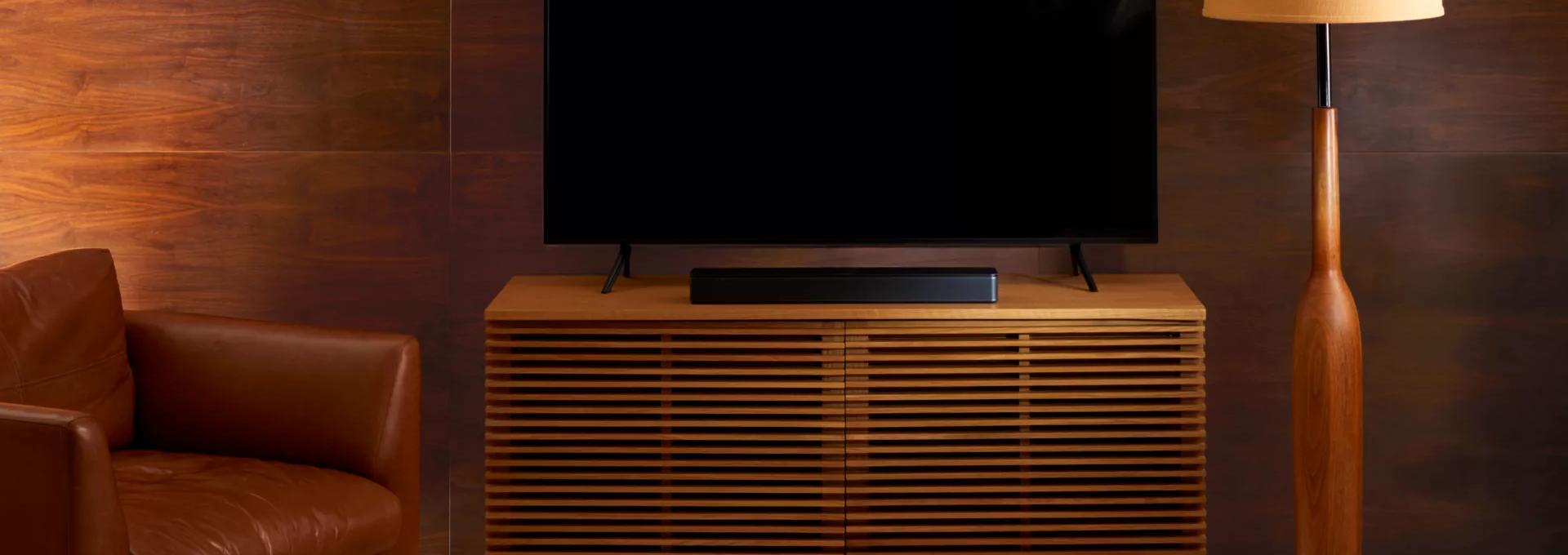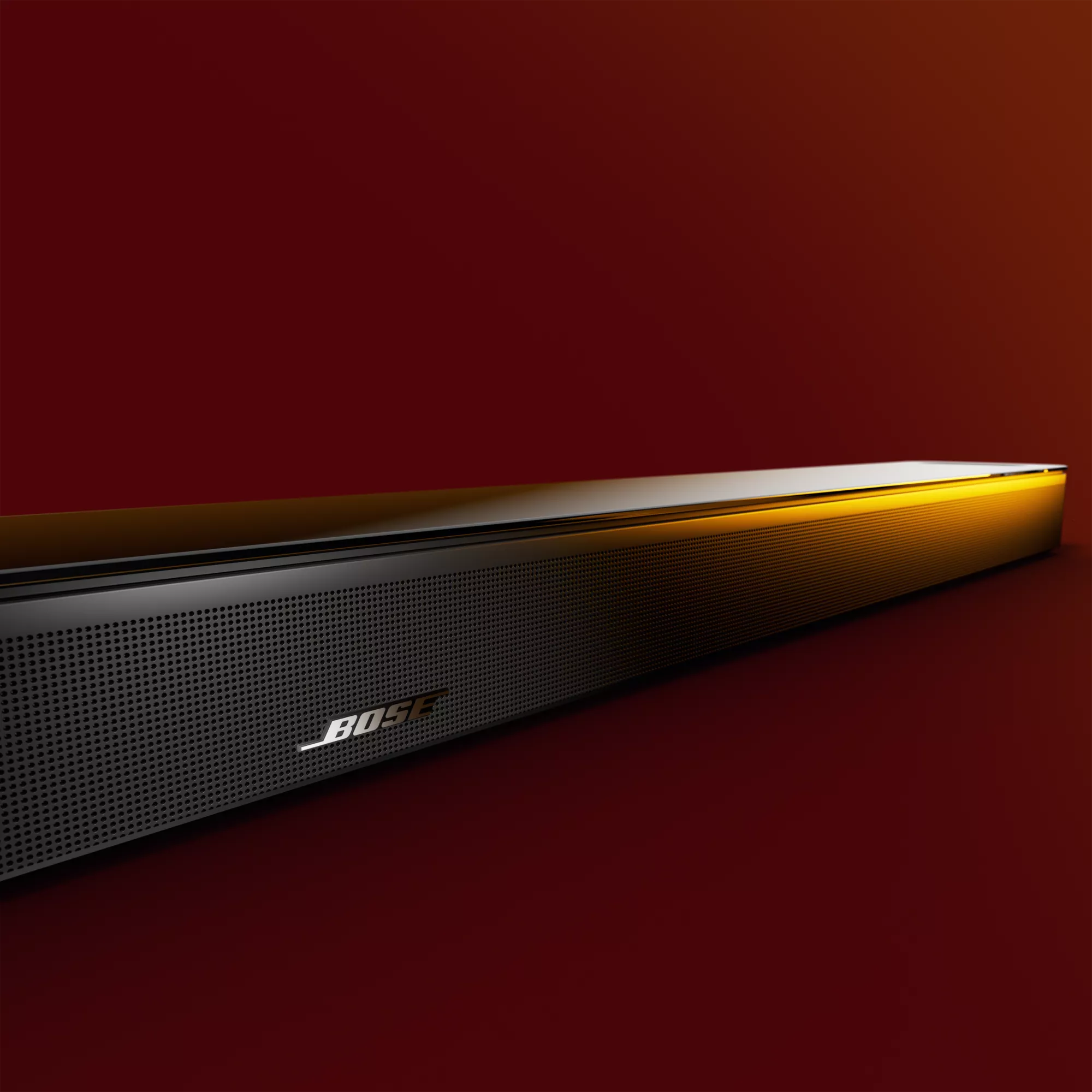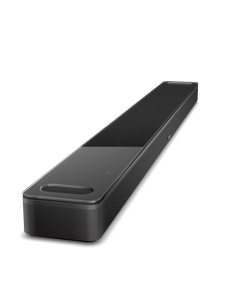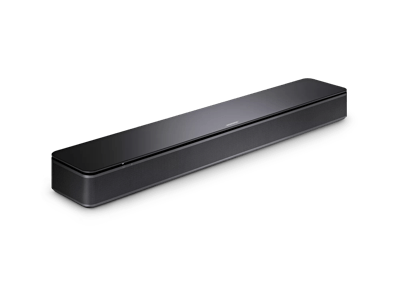What is a soundbar?
Get to know the features
Seamless connectivity with Bluetooth
Voice assistant and hands-free control
Intelligent room calibration
Smart upmixing technology
Dolby Atmos surround sound
Find the right fit
Find the perfect place
Meet the Bose TV Speaker

Sound in 3D

Featured in this story



